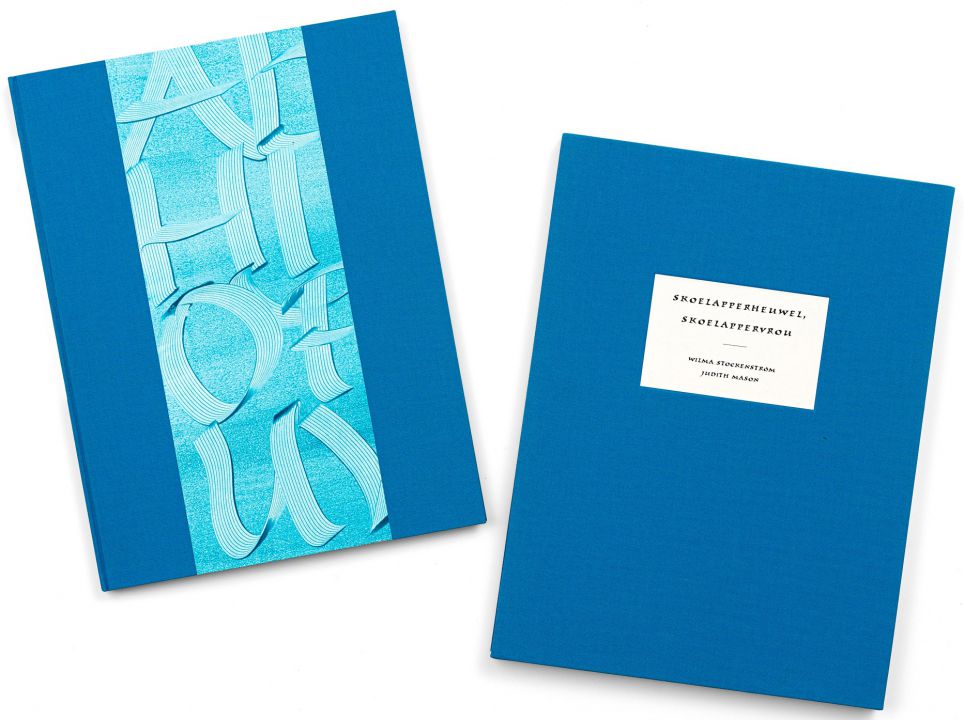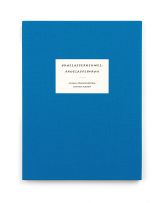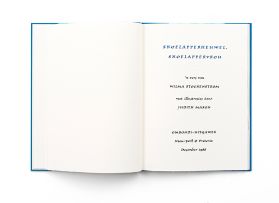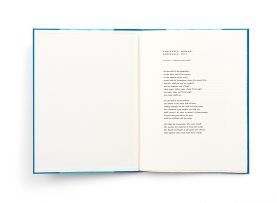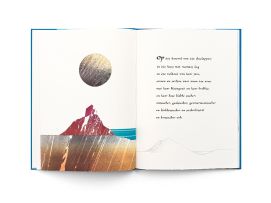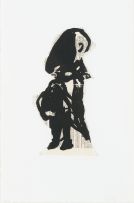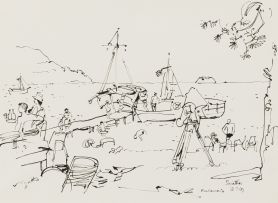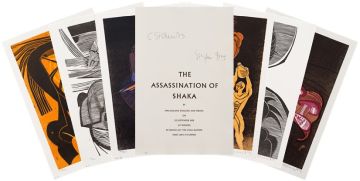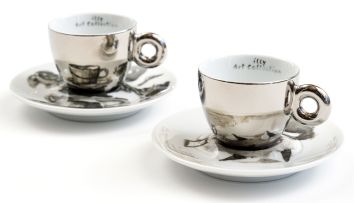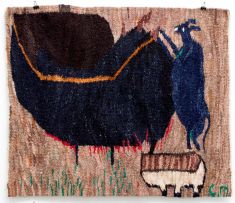Saturday Live
Live Auction, 19 October 2019
Session One
About this Item
A limited edition artist's book with the poem Skoelapperheuwel, Skoelappervrou (sic) by Wilma Stockenström, illustrated by Judith Mason, signed by the poet and the artist and numbered 23/75 in pencil, published by Ombondi, New York, 1989, printed by Bruce Attwood at the Broederstroom Press, bound by Peter Carstens with linen-covered boards and slip case.
Notes
Smithsonian Libraries, Washington, Magnificent Obsessions: Why We Collect, 7 November 2018 to 1 July 2020. Another example of the publication exhibited in Section 3: Capturing Creativity.
Wilma Stockenström's Skoelapperheuwel, Skoelappervrou (sic) ('Butterfly Hill, Butterfly Woman') is a collaboration between poet, artist, printmaker, typographer and binder. Written in freeform Afrikaans (a rare sight and sound), a line or two is translated, echoing shared, universal pain: "The woman bangs her fists against the booming house" and "The East flows red with menstrual blood."
The poem - an earthy and ambiguous contemplation of a woman's role in life - is illustrated by Judith Mason. Her illustrations - pencil drawings and collages transferred to plates - are printed, overprinted as lithographs and then selectively redrawn with occasional colour added for emphasis. An edition of 75 was published by Ombondi Editions and printed by the Broederstroom Press in the late 1980s. Ombondi Editions even went so far as to create a new typeface named 'Visigoth' to fit the balanced visual text weight (or VTW) layout style. But just before the book was due to be released, the printed pages went missing. Then, the Broederstroom Press closed shop and Mason moved to Italy. Shortly after, the publisher died in New York and the whereabouts of the unbound pages remained a mystery. A quarter of a century later, the world-renowned South African book collector, Jack Ginsberg, stumbled upon 30 unbound copies in the bookbinder's basement in Johannesburg. These were then bound, and number 10 from the edition now resides in Washington DC, kept under lock and key, and only handled by archivists wearing white gloves (source: https://artafricamagazine.org/artists-books-and-africa-by-petra-mason/).
